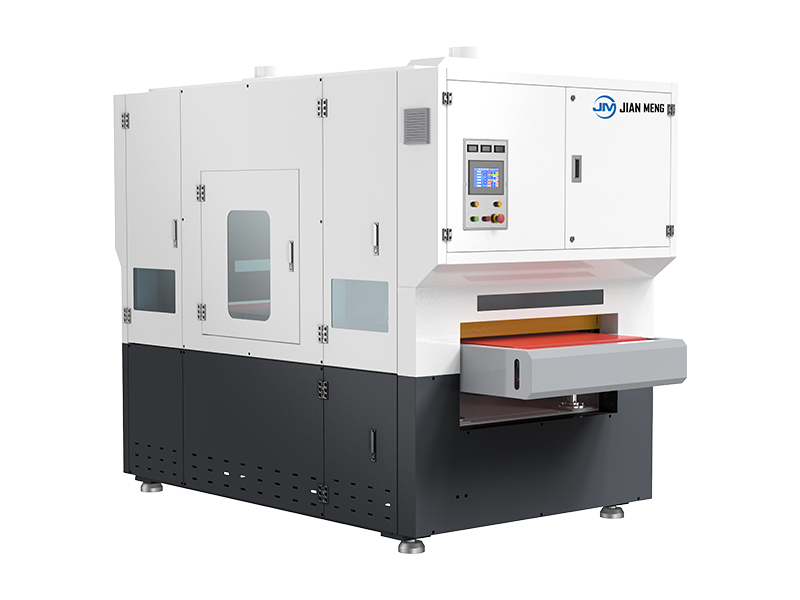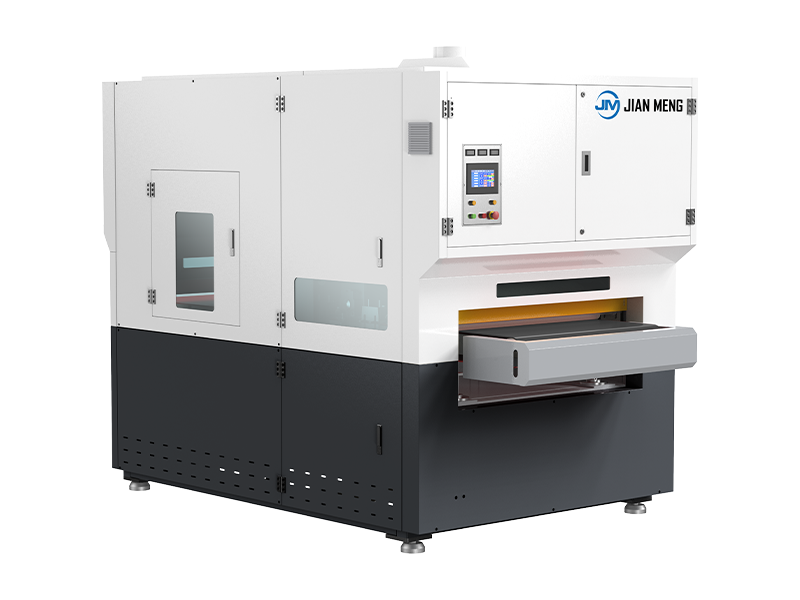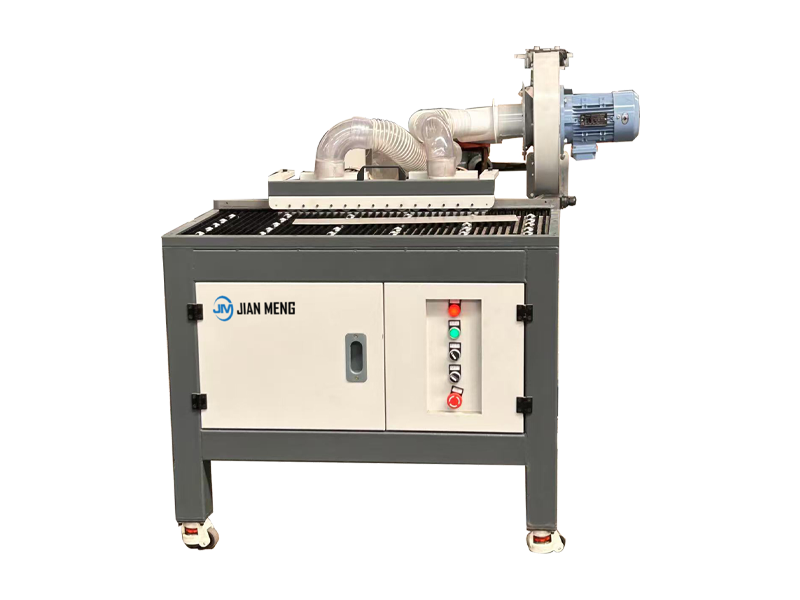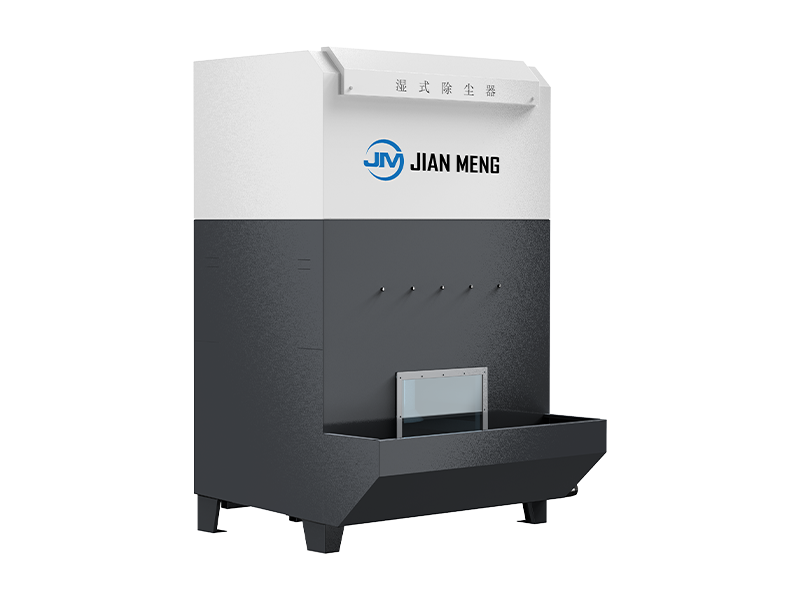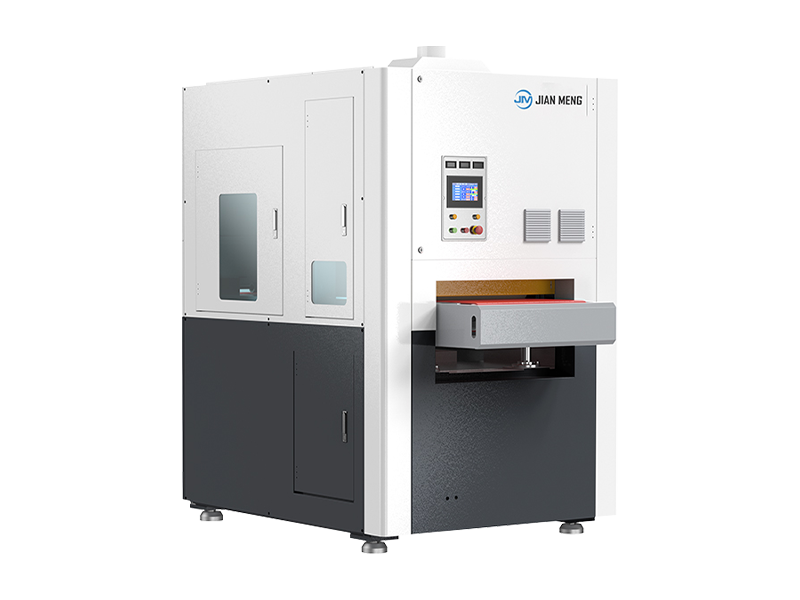In modern manufacturing, metal forming machines are foundational equipment designed to reshape metal workpieces through *plastic deformation*—a process that alters material geometry without adding or removing material. Unlike subtractive methods (e.g., machining) or additive processes (e.g., 3D printing), metal forming leverages mechanical force, heat, or pressure to mold metals into precise, durable shapes. This technology is indispensable across industries such as automotive, aerospace, construction, and consumer goods, where it enables high-volume production of components ranging from automotive body panels to aerospace turbine parts. This guide defines metal forming machines, details their core principles, types, processes, applications, and selection criteria.
1. Core Definition & Operating Principle
A metal forming machine is specialized equipment that applies controlled force (mechanical, hydraulic, pneumatic, or thermal) to metallic workpieces (e.g., sheets, rods, billets) to induce plastic deformation—a permanent change in shape that occurs when the metal exceeds its yield strength but remains below its ultimate tensile strength.
Key Principles of Metal Forming
- No Material Loss: Unlike machining (which removes chips) or cutting, forming preserves the workpiece’s total mass, minimizing waste (typically <5% scrap, vs. 20–30% for subtractive methods).
- Microstructural Enhancement: Deformation aligns metal grains, improving mechanical properties (e.g., strength, ductility) in the final part—critical for load-bearing components (e.g., automotive chassis, aerospace fasteners).
- Force & Temperature Control: Machines adjust force magnitude, application rate, and (for hot forming) temperature to match the metal’s properties (e.g., low-carbon steel requires less force than titanium alloys).
Metal forming machines are categorized by their primary function, the type of workpiece they process, and the deformation technique they use. Below are the most industrially relevant types:
| Machine Type | Core Function | Key Design Features | Ideal Workpieces & Applications |
|----------------------------|--------------------------------------------------------------------------------|-------------------------------------------------------------------------------------|-------------------------------------------------------------------------------------|
| Sheet Metal Forming Machines | Shape flat metal sheets (0.1–6 mm thick) into 2D/3D parts via bending, stamping, or deep drawing. | - Equipped with precision dies, hydraulic/pneumatic presses, and backgauges for accuracy.<br>- May include CNC controls for repeatability. | Automotive body panels, HVAC ducts, appliance casings, electronic enclosures. |
| Roll Forming Machines | Feed metal coils through a series of paired rollers to create continuous, uniform cross-sections (e.g., C-channels, I-beams). | - Sequential roller sets (10–20 pairs) for gradual deformation.<br>- Integrated coil uncoilers and cutters for high-volume production. | Construction structural components (e.g., roof trusses, wall studs), automotive frame rails. |
| Forging Machines | Shape heated (hot forging) or cold (cold forging) metal billets via compressive force (hammering, pressing). | - Hot forging: Furnaces (1,100–1,300°C for steel) + hydraulic/mechanical hammers.<br>- Cold forging: High-pressure presses (500–3,000 tons) for precision. | Hot forging: Gears, crankshafts, turbine blades.<br>Cold forging: Bolts, nuts, bearing races. |
| Extrusion Machines | Push metal billets through a die (with a fixed cross-section) to create long, uniform parts (e.g., pipes, profiles). | - Horizontal/vertical presses (500–10,000 tons) for force application.<br>- Die heating systems (for aluminum, copper) to reduce friction. | Aluminum window frames, copper pipes, aerospace structural profiles, heat exchanger tubes. |
| Wire & Rod Forming Machines | Draw metal rods into thinner wires or bend wires into complex shapes (e.g., springs, fasteners). | - Wire drawing: Tapered dies + pullers to reduce diameter.<br>- Wire bending: CNC-controlled arms for intricate 3D shapes. | Electrical wires, springs, paper clips, automotive seat frames. |
| Bending Machines | Deform metal workpieces along a single axis to create angles (90°, 180°) or curves. | - Press brakes (for sheets): Upper punch + lower die for V-bends.<br>- Roll benders (for tubes/rods): 3–4 rollers for circular/arched shapes. | Sheet metal brackets, tube frames, architectural metalwork (e.g., handrails). |
3. Key Metal Forming Processes
Machines execute specific forming processes tailored to part geometry, material, and performance requirements. Below are the most common techniques:
3.1 Bending
- Process: A machine applies force to a metal workpiece to deform it along a straight axis, creating angles or radii. For sheet metal, press brakes use a “punch and die” setup (e.g., V-die for 90° bends); for tubes/rods, roll benders use rotating rollers to shape curves.
- Critical Parameters: Bend angle, inside radius (to avoid cracking), and hold time (to prevent springback—elastic recovery of the metal after force is removed).
- Applications: HVAC duct elbows, automotive brackets, structural steel angles.
3.2 Stamping
- Process: A hydraulic/mechanical press forces a metal sheet into a precision die to create 2D or shallow 3D shapes. Variations include:
- Blanking: Cutting flat shapes (e.g., washers) from a sheet.
- Embossing: Creating raised/lowered patterns (e.g., logos on appliance panels).
- Coining: High-pressure stamping to produce detailed, high-tolerance parts (e.g., coins, jewelry).
- Advantages: High speed (up to 1,000 parts/minute for simple designs), low per-unit cost.
- Applications: Automotive trim, electronic circuit boards, can lids.
3.3 Drawing (Deep Drawing)
- Process: A metal sheet is clamped and pulled (via a punch) into a deep die to create hollow parts with high depth-to-diameter ratios (e.g., cans, cylinders). Lubrication is critical to prevent tearing.
- Key Challenge: Controlling “earing”—uneven material flow that creates wavy edges (requires die optimization or post-forming trimming).
- Applications: Aluminum beverage cans, automotive fuel tanks, kitchen pots.
3.4 Rolling
- Process: Metal workpieces (sheets, rods, billets) are passed between two or more rotating rollers to reduce thickness, improve uniformity, or create cross-sections. Types include:
- Hot Rolling: Processes heated metal (above recrystallization temperature) to produce large, thick parts (e.g., steel plates).
- Cold Rolling: Processes room-temperature metal for tight tolerances and smooth surfaces (e.g., stainless steel sheets for appliances).
- Advantages: High throughput, consistent material properties.
- Applications: Steel coils, aluminum foils, railroad tracks.
3.5 Forging
- Process: Metal billets are compressed (hammered, pressed) into shape, either hot (for ductility) or cold (for precision).
- Hot Forging: Used for high-strength parts (e.g., crankshafts)—heat reduces force requirements and prevents cracking.
- Cold Forging: Used for small, high-tolerance parts (e.g., bolts)—no post-processing needed, but requires high force.
- Applications: Aerospace turbine disks, automotive connecting rods, industrial valves.
4. Industrial Applications
Metal forming machines are ubiquitous across sectors due to their ability to produce high-strength, cost-effective parts. Key applications include:
- Automotive: Accounts for ~30% of global metal forming output. Machines produce body panels (stamping), chassis frames (roll forming), crankshafts (hot forging), and bolts (cold forging). Lightweight alloys (e.g., aluminum, magnesium) are increasingly used to improve fuel efficiency.
- Aerospace: Relies on precision forming for components that withstand extreme temperatures and loads. Extrusion machines create structural profiles; hot forging produces turbine blades (using superalloys like Inconel); cold forming makes high-tolerance fasteners.
- Construction: Roll forming machines produce structural components (e.g., I-beams, C-channels); extrusion machines make aluminum window/door frames; forging machines create heavy-duty hardware (e.g., bridge bolts).
- Consumer Goods: Stamping machines make appliance casings and can lids; deep drawing produces cookware; wire forming creates springs and furniture frames.
- Energy: Forging machines produce wind turbine shafts; extrusion machines make heat exchanger tubes; roll forming creates solar panel frames.
5. Key Benefits of Metal Forming Machines
- High Efficiency: High-volume production capabilities (e.g., stamping machines produce 100,000+ parts/day) reduce lead times and per-unit costs.
- Material Savings: Near-net-shape forming minimizes scrap (typically 2–5% vs. 20–30% for machining), lowering material costs.
- Enhanced Part Performance: Deformation improves mechanical properties (e.g., cold-forged bolts have 20–30% higher tensile strength than machined bolts).
- Versatility: Machines process all major metals and alloys (steel, aluminum, copper, titanium, magnesium) and adapt to diverse part geometries.
- Precision: CNC-controlled machines achieve tolerances as tight as ±0.01 mm, meeting aerospace and medical device standards.
6. Criteria for Selecting a Metal Forming Machine
Selecting the right machine requires aligning its capabilities with your production goals, material, and part requirements. Key factors include:
6.1 Material Compatibility
- Metal Type: Soft metals (aluminum, copper) require lower-force machines (e.g., hydraulic presses for stamping); hard metals (steel, titanium) need high-force forging or hot rolling machines.
- Material Form: Sheet metal requires stamping/bending machines; coils need roll forming machines; billets need forging/extrusion machines.
6.2 Production Volume & Speed
- High-Volume (10,000+ parts/year): Choose automated machines (e.g., CNC roll formers, high-speed stamping presses) with integrated feeding/cutting systems.
- Low-Volume (100–1,000 parts/year): Opt for flexible machines (e.g., manual press brakes, small-scale forging hammers) that minimize setup time.
6.3 Part Complexity & Tolerance
- Simple Shapes (e.g., flat brackets): Basic stamping or bending machines suffice.
- Complex Shapes (e.g., deep-drawn cans, turbine blades): Require CNC-controlled machines with advanced die designs (e.g., multi-stage deep drawing presses, precision forging dies).
- Tolerance Requirements: Tight tolerances (±0.01 mm) demand cold forming or CNC rolling; looser tolerances (±0.1 mm) allow hot forming or manual bending.
6.4 Cost & Total Ownership
- Upfront Cost: Automated CNC machines ($100,000–$1M) are cost-effective for high-volume production; manual machines ($10,000–$50,000) suit small batches.
- Operating Costs: Consider energy consumption (hot forging machines use more energy than cold forming), maintenance (hydraulic machines require fluid changes), and die replacement (stamping dies wear out after 100,000+ cycles).


 English
English  中文
中文  Arabic
Arabic  Russian
Russian  Spanish
Spanish  Portuguese
Portuguese  French
French  German
German  Hindi
Hindi  Thai
Thai  Vietnamese
Vietnamese  Khmer
Khmer  Italian
Italian  Turkish
Turkish  Korean
Korean  Belarusian
Belarusian 

